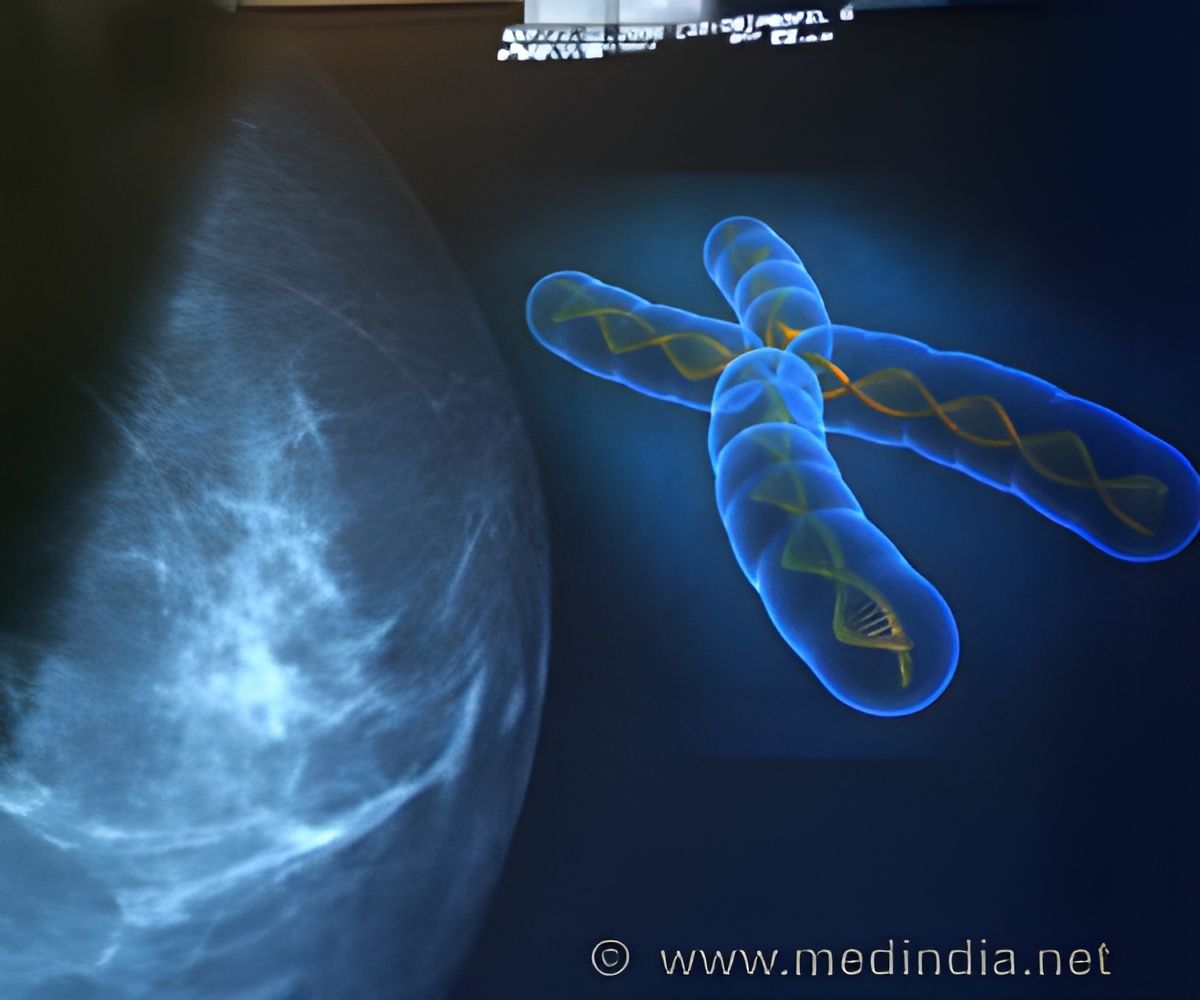Breast stem cells and their 'daughters' may actually have a longer lifespan than presumed, and may be active during puberty and throughout life, a team of researchers recently found

Breast stem cells were isolated in 2006 by Professors Jane Visvader and Geoff Lindeman and their colleagues at the Walter and Eliza Hall Institute.
Now, in a project led by Dr Anne Rios and Dr Nai Yang Fu that tracked normal breast stem cells and their development the team has discovered that breast stem cells actively maintain breast tissue for most of the life of the individual and contribute to all major stages of breast development. The research was published today in the journal Nature.
Professor Lindeman, who is also an oncologist at The Royal Melbourne Hospital, said discovering the long lifespan and programming of breast stem cells would have implications for identifying the cells of origin of breast cancers.
Researchers from Melbourne's Walter and Eliza Hall Institute have discovered that breast stem cells and their 'daughters' have a much longer lifespan than previously thought, and are active in puberty "Given that these stem cells – and their 'daughter' progenitor cells – can live for such a long time and are capable of self renewing, damage to their genetic code could lead to breast cancer 10 or 20 years later," Professor Lindeman said. "This finding has important applications for our understanding of breast cancer. We hope that it will lead to the development of new treatment and diagnostic strategies in the clinic to help women with breast cancer in the future."
Professor Visvader said understanding the hierarchy and development of breast cells was critical to identifying the cells that give rise to breast cancer, and how and why these cells become cancerous. "Without knowing the precise cell types in which breast cancer originates, we will continue to struggle in our efforts to develop new diagnostics and treatments for breast cancer, or developing preventive strategies," Professor Visvader said.
Advertisement
The project should settle a debate that has been raging in the scientific field, confirming that breast stem cells were 'true' stem cells capable of renewing themselves and making all the cells of the mammary gland.
Advertisement
Source-Eurekalert














